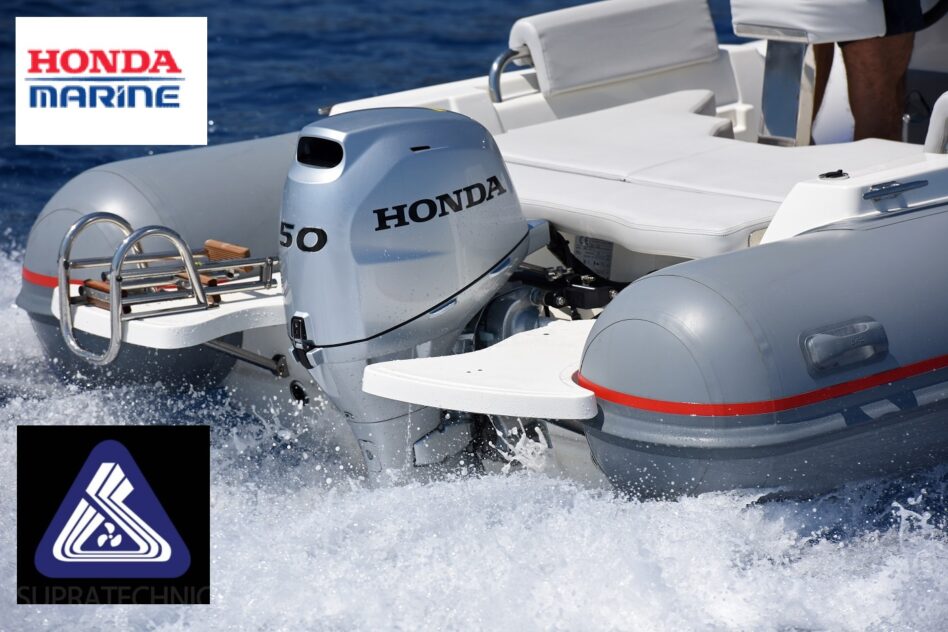BUY NOW, Pay Later (BNPL) payment platforms have become increasingly popular following the pandemic’s onset given the massive shift to online shopping and merchants’ need to drive incremental revenue when physical stores were closed.
While such concept is alluring, the i-money portal has recently outlined three downsides of BNPL that consumers must be wary of:
- High late payment fees: Most BNPL platforms will charge their customers a fee for failure to pay their instalments on time. Depending on the platform, this may end up being more expensive than using a credit card.
- Spending impulse: BNPL platforms make it easier to buy items one might not otherwise be able to afford if one had to pay for those items in full or if you hadn’t budgeted for them. While this can be useful for things that you need, it also makes it easier to spend on impulse purchases or unnecessary items.
- May hurt customer’s credit score if they miss payments: Some platforms may report customers’ missed payments to credit reporting agencies which could then hurt their credit score.
While there are pros and cons of BNPL from consumers’ perspective, Fitch Ratings has revealed that even BNPL platforms themselves are not spared from increased challenges stemming from growing competition, higher funding costs and credit deterioration.
This is considering that a majority of BNPL customers tend to be near prime and subprime cohorts which are deemed segments that are likely to be most impacted by multi-decade high inflation.
According to Fitch Ratings, BNPL which has been popularised in the US as short duration loans (six to eight weeks) that carry 0% interest is a growing segment within the US point of sale (POS) financing market.
“The ‘pay in four’ BNPL product has captured a sustainable niche in consumer credit by providing a zero-cost, convenient and seamless financing option to consumers while also driving higher average tickets and reduced cart abandonment for merchants,” observed the top three global rating agency.
“Fitch expects credit losses to rise for consumer lenders broadly, including BNPL providers, as the benefit from pandemic-related government stimulus wanes and unemployment rises as the Fed (US Federal Reserve) significantly tightens monetary policy in order to tame inflation.”
Although the US and Malaysia are two distinct markets, surely some more ‘universal predicaments’ encountered by the American BNPL players would gradually rub on their Malaysian counterparts to say the least.
The eight notable BNPL platforms in Malaysia today are Atome; FavePay Later; myIOU; Hoolah; PAYLATER; PayLater by Grab; SPayLater by Shopee; and Split.
Elaborating further, Fitch Ratings said some of the largest BNPL providers have seen delinquency rates more than double over the past few quarters while credit card delinquency rates are relatively flat, underscoring the BNPL’s lower asset quality.
“Credit loss comparability is difficult due to differing accounting and reporting conventions,” the rating agency pointed out.
“BNPL products could become loss leaders as funding costs and credit losses normalise, leaving BNPL platforms that are heavily reliant on pay in four products more vulnerable to profit pressure and capital erosion.”
Moreover, the strong consumer and merchant adoption of BNPL has attracted greater competition from both incumbent credit card issuers who seek to protect their market share as well as other fintechs.
“As costs rise and competition increases, we expect a rationalisation of the BNPL economic model that could lead to further industry consolidation,” added Fitch Ratings. – Aug 5, 2022










